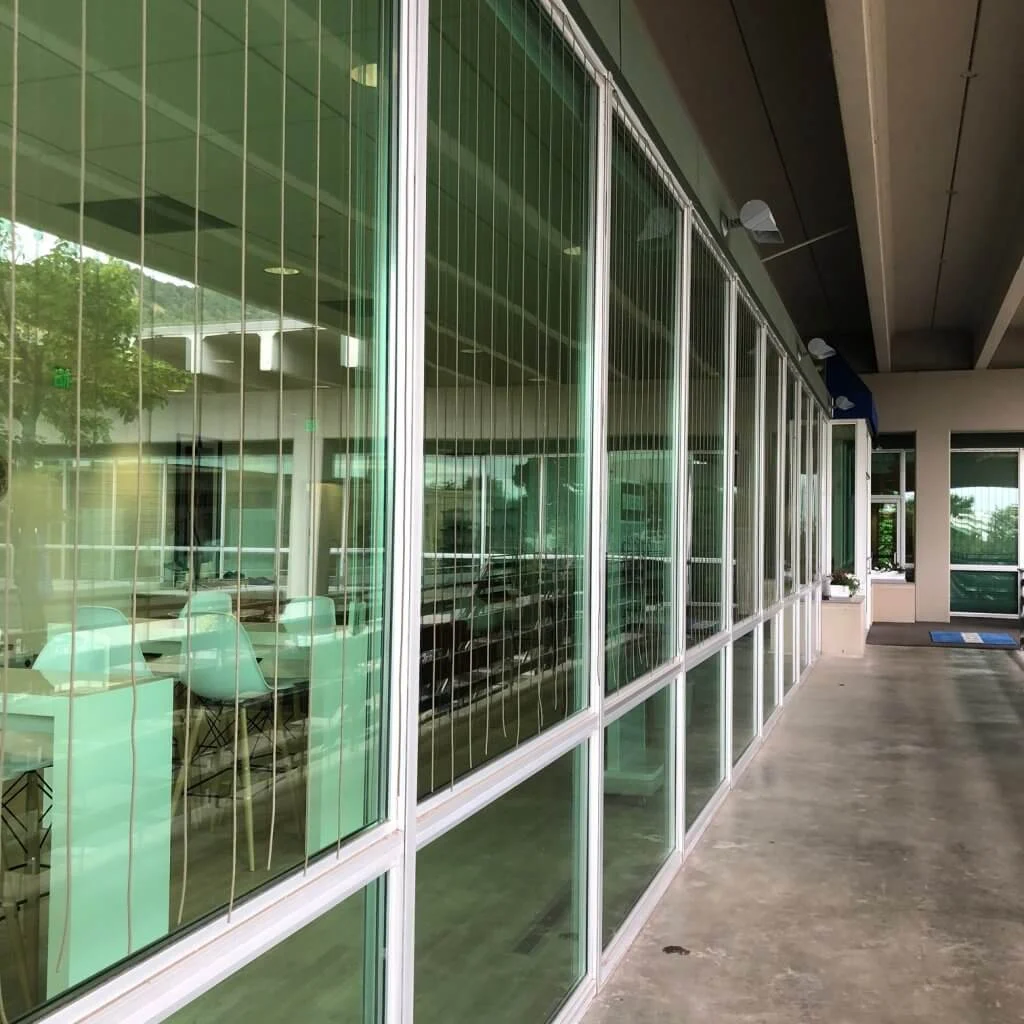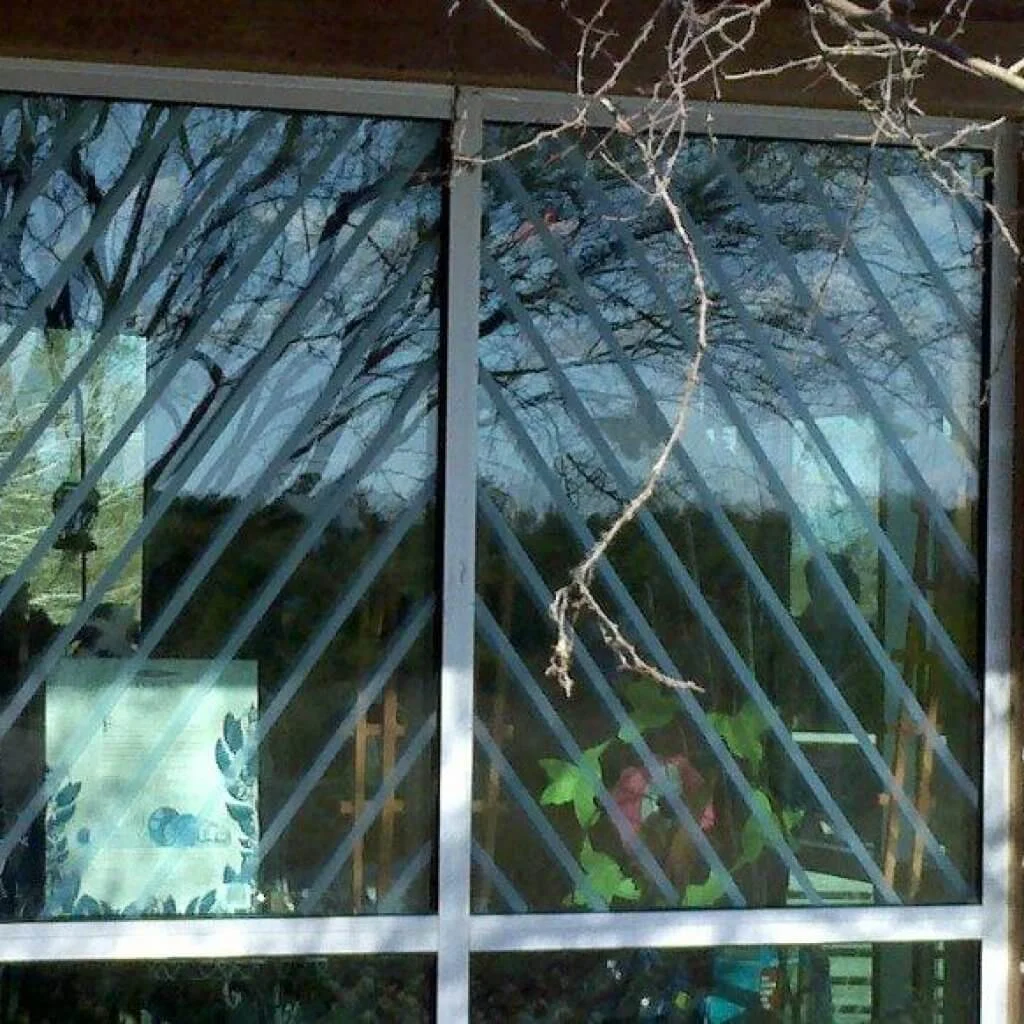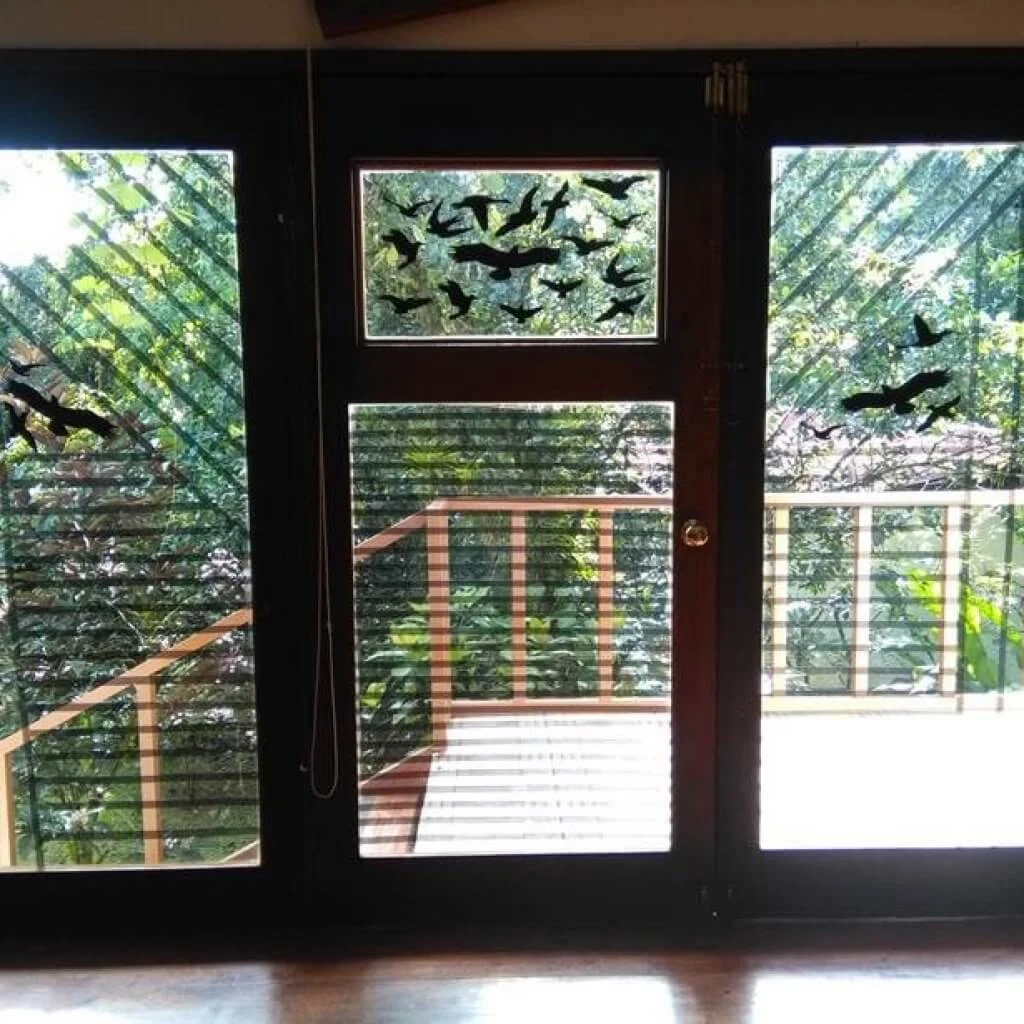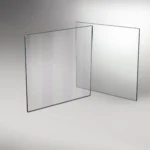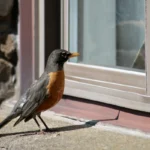Which Windows Should You Fix First?
For a bird-friendly home, start by identifying problem windows. Not all windows pose equal dangers to birds. In fact, the majority of collisions are often caused by a small number of problem windows. Identifying and fixing the most dangerous locations is a good way to prevent future collisions. To get started, treat the following windows:
- Windows that have already caused collisions.
- Large windows and glass doors, especially those that reflect habitat (including sky) or through which you can see sky or greenery.
- Windows across from bird feeders, bird baths, and fruit-bearing plants.
In many cases, fixing only these windows will stop almost all of your collisions. But remain vigilant: If collisions occur at other windows, you can apply similar solutions to continue making your home bird-friendly.


